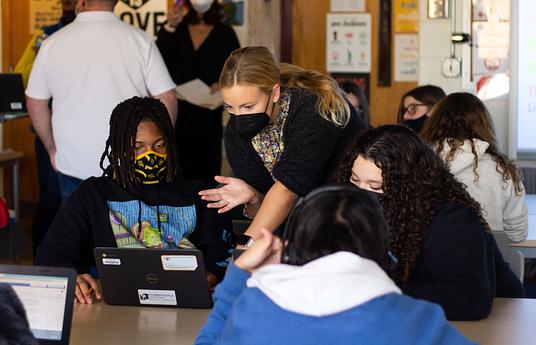Educationisshifting from reading textbooks in the classroom to active knowledge-building through anydevicewith an internet connection. With ThingLink, students anywhere in the world can travel across distanceand time to stunning 360° environmentsand create virtual tours of their own.
ThingLink was founded to enable hyperlinks in images, so that whenever a learner isbrowsing through photographs, maps, graphsor videos, they can simply click onanything they see to find out more. At its core, ThingLink is a tool to enable visual storytelling and addcontext to an image. This is doneby using ThingLink’s image editor to linkone thing (such as a person or an object in an image)to another (that providesadditional information about the first thing).
Creating an interactive image with a group of students is one of the most efficient methods of building knowledge in the classroom. Students can use various forms of text, audio, video, photography and illustrations to show and share their learning. For example, students have documentedplants and animals for a virtual nature path, createda culture tour to another school and documenteda field trip to a historic landmark.
Students work together to produce background research, storylinesand rich multimedia documentation, which increases both cognitive and emotional engagement with the subject of the study.



